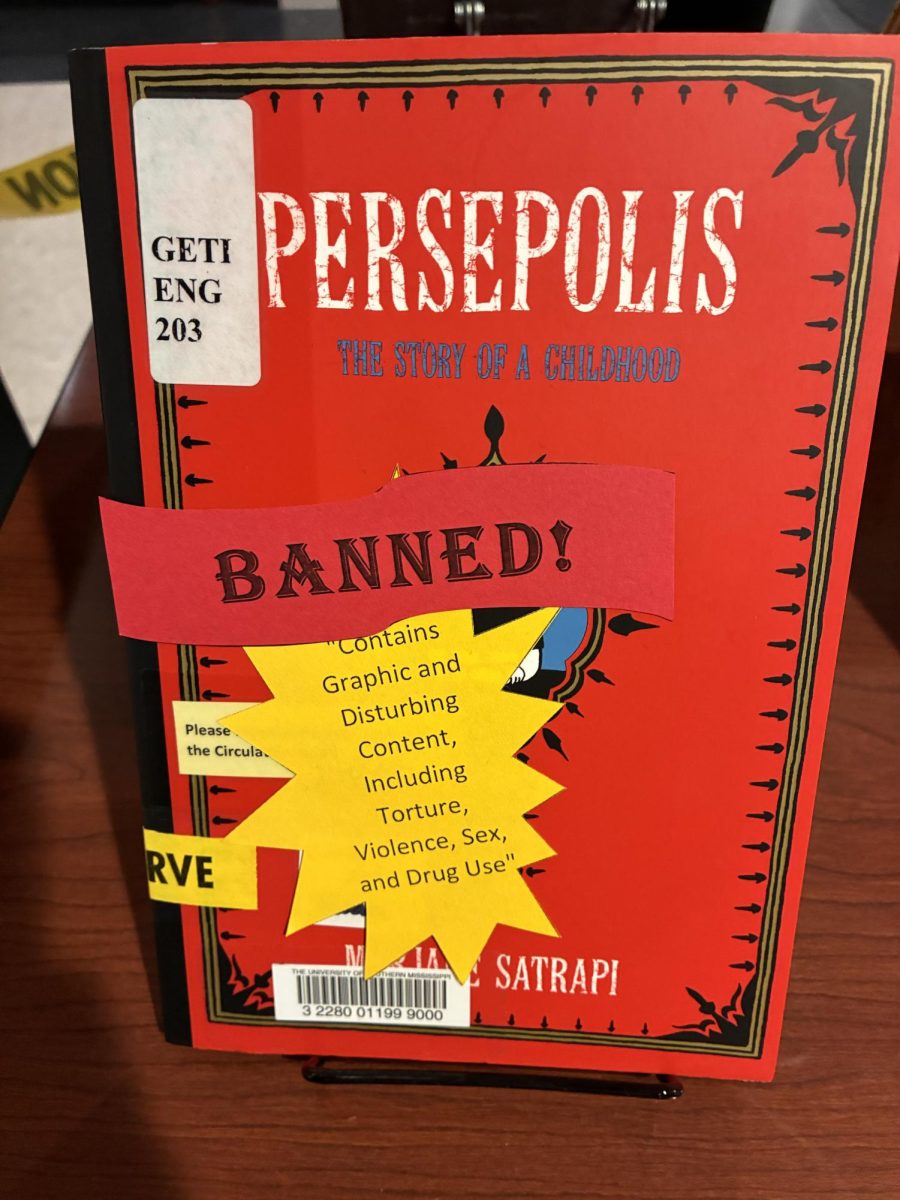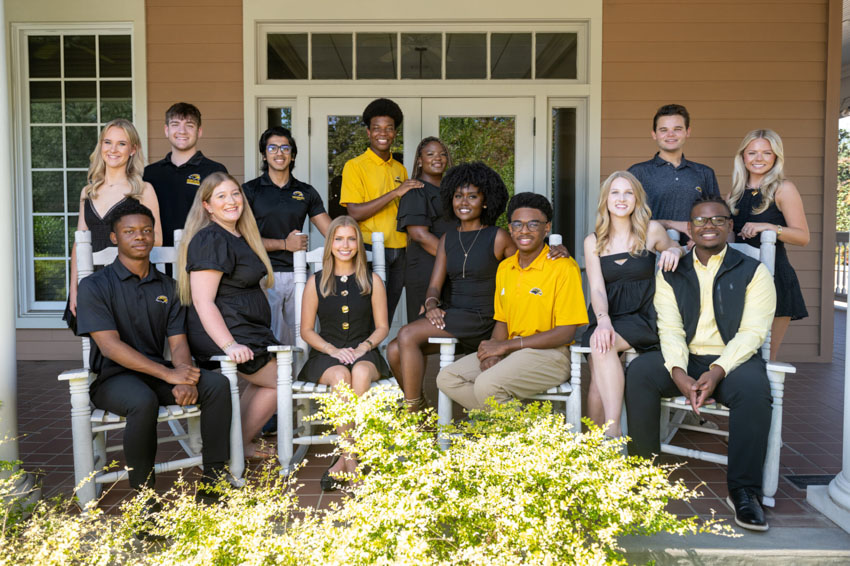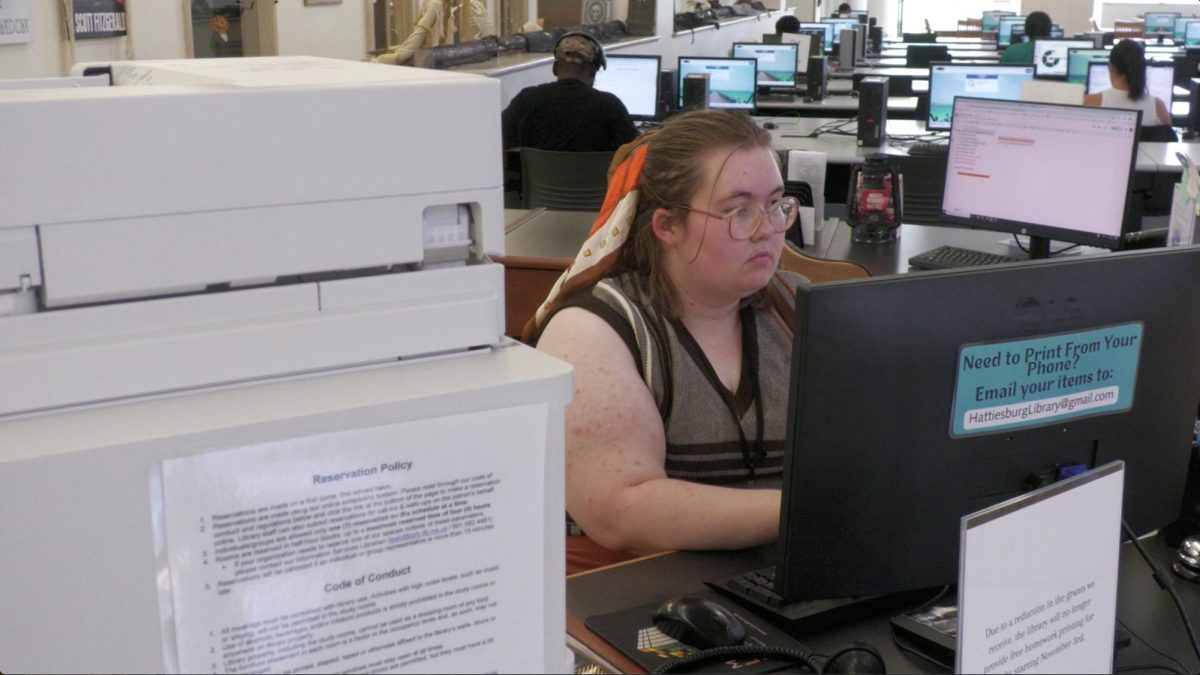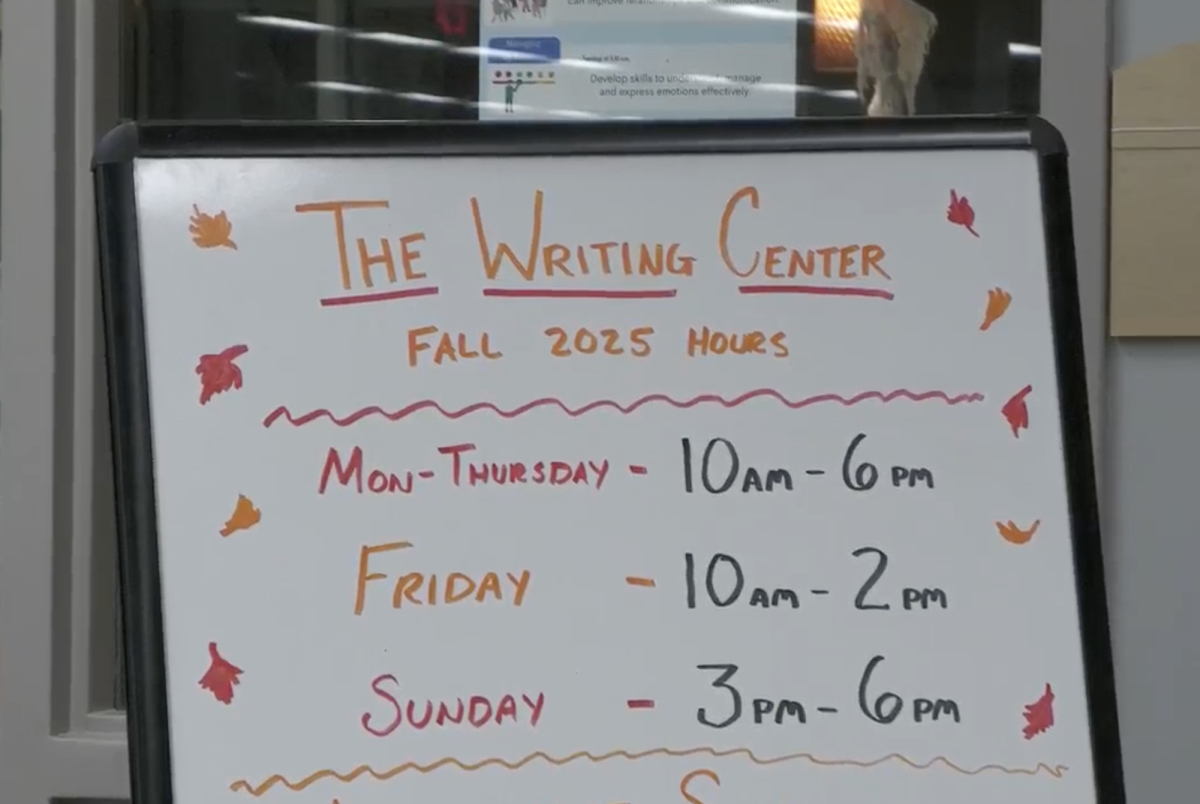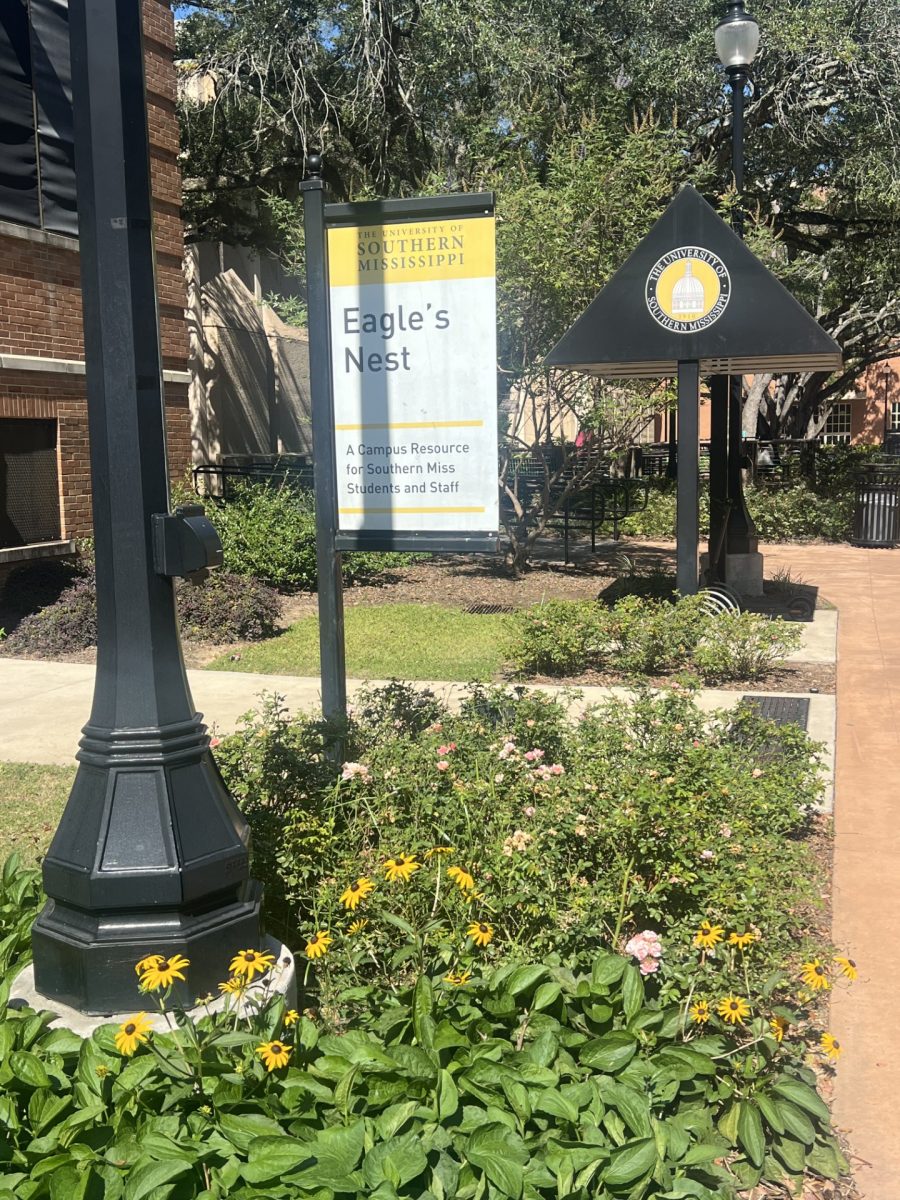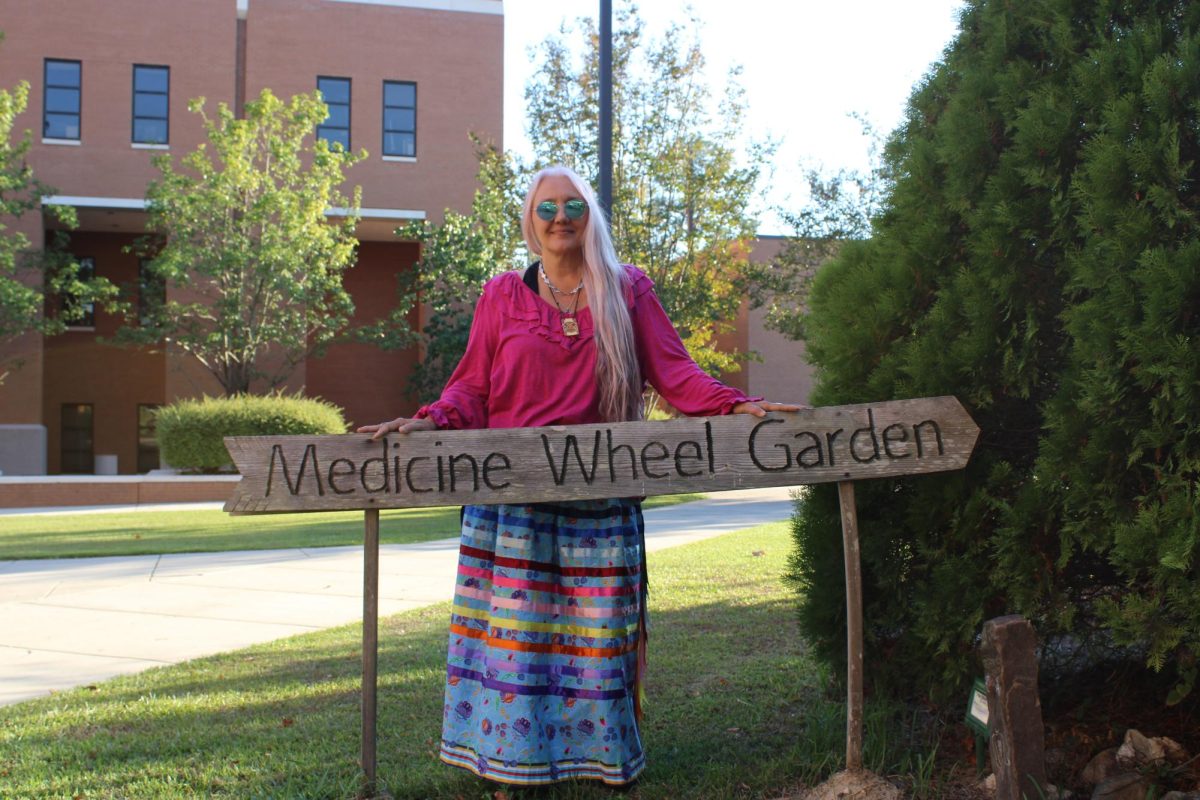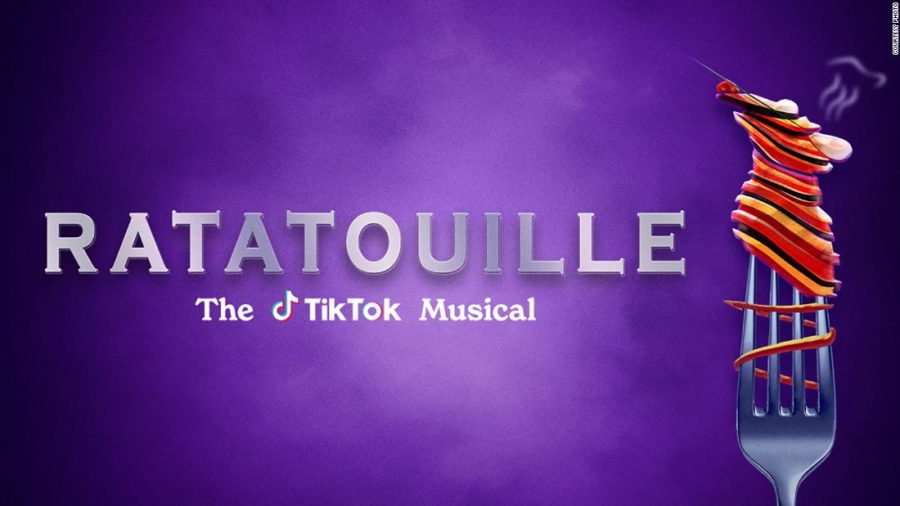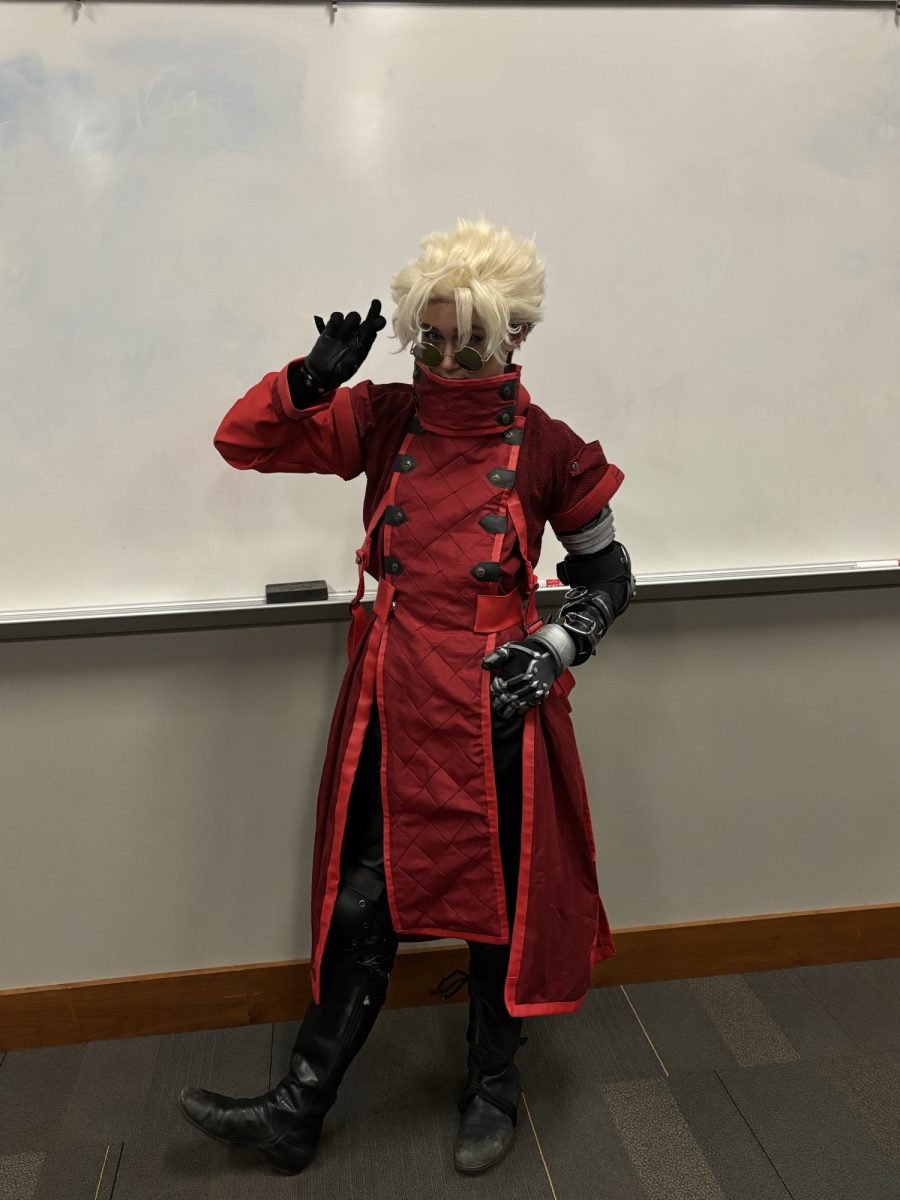Food critic Anton Ego, one of the primary antagonists of the 2007 film ‘Ratatouille’, ends the movie with a monologue reflecting on the nature of critique. Said monologue is only briefly touched upon at the end of Jan. 1’s ‘Ratatouille: The Musical’, but effectively so.
“The bitter truth we critics must face is that the average piece of junk is probably more meaningful than our criticism designating it so,” André De Shields, who played Ego in ‘Ratatouille: The Musical’, said. “The world can often be unkind to new talent, new creations. ‘The New’ needs friends.”
No one actually expected ‘Ratatouille: The Musical’ to become a thing. It initially went viral on TikTok as a joke. Emily Jacobsen, also known by her username @e_jaccs, created a short song after reading about a ‘Ratatouille’-themed ride coming to Disney World.
“I thought it was funny and particularly catchy[,] so I decided to make a TikTok with it, adding some crazy visual effects and an altered cartoon voice to send to family and friends,” Jacobsen explained in the show’s official Playbill. “It was just meant to give people a quick laugh.”
Then composer Daniel Mertzlufft, known on TikTok as @danieljmertzlufft, rearranged Jacobsen’s song to make it more like a traditional finale. Soon after, TikTok users began to actually consider a potential ‘Ratatouille: The Musical’. What would other songs sound like? How would costuming or makeup work? Would there be puppets, and if so, should they be incorporated into choreography?
Suddenly, a project that started as a joke had a much more serious creative following. Writers, musicians, makeup artists, choreographers, set designers and puppeteers posted thousands of videos pitching new ideas daily. Some creators, such as Gabbi Bolt (@fettuccinefettuqueen), RJ Christian (@rjthecomposer), Sophia James (@sophiajamesmusic) and Blake Rouse (@blakeymouse) went viral overnight thanks to ‘Ratatouille: The Musical’. Jess Siswick’s (@siswij) ‘Ratatouille’-themed poster eventually became the catch-all cover for discussing the project.
The rapid growth of ‘Ratatouille: The Musical’ eventually caught the attention of major news outlets and celebrities. Kevin Chamberlin, a veteran Broadway performer, composed and performed an original song in honor of Chef Gusteau. Patton Oswalt, the original voice of Remy the Rat, vocally supported the project on Twitter when asked about it.
After months of online brainstorming, Seaview Productions, in association with TikTok, announced they would produce an adapted version of ‘Ratatouille: The Musical’ through TodayTix. The show would feature a star-studded cast, with Tituss Burgess, Wayne Brady and Ashley Park among the top-billed. All proceeds from ticket sales went to The Actors Fund to help artists struggling to make ends meet due to COVID-19.
As someone who saw the rise of ‘Ratatouille: The Musical’ firsthand, I admit that I was hesitant on actually watching the musical when it was announced. Though there was an overwhelming amount of support for an official Broadway adaptation, many also correctly wondered if the short turnaround time — the project was announced late November for a release in early January — would veer the project into disaster. A lot of people began calling it ‘TikTok’s DashCon’, a reference to a horrifically mismanaged convention held by then-popular social media site Tumblr.
It came as something of a relief, then, that ‘Ratatouille: The Musical’ turned out as well as it did. The Actors Guild raised over one million dollars thanks to ticket sales, and fans flooded social media with clips of their favorite moments. I ended up enjoying the musical a lot myself. There’s so much passion and love present throughout that it’s hard not to have fun while watching. And, yeah, it was pretty wild to listen to Broadway stars sing songs created on TikTok.
I will say I find ‘Ratatouille: The Musical’ to be decent, not perfect. Most of the cast was excellent — the biggest standouts were probably Brady as Django and Chamberlin as Gusteau — but not without fault. Adam Lambert, who played Emile, had an acceptable voice, but very little stage presence otherwise. Mary Testa, who played Skinner, played up her role, especially her accent, to the point of unbelievability.
Due to the show’s lack of budget, there was minimal costuming and set design, which was understandable, if disappointing. This was probably most egregious with Burgess’s portrayal of Remy, as our main character only stood out from the cast by wearing a grey turtleneck. The video team pulled from Christopher Routh’s (@shoeboxmusicals’s) designs while creating backgrounds, but the Zoom musical format clearly limited what was possible, especially compared to Routh’s initial videos, which made the lack of a real set that much more noticeable.
The majority of the 58 minute musical was spent summarizing the plot of ‘Ratatouille’, which, while mostly okay, did mess with the pacing towards the end. Even then, a good chunk of the plot was still cut for time. Bolt, who had her song “The Life of a Rat” featured in the musical, also wrote a fairly popular reprise, “The Death of a Rat”, that was absent in the final product.
Said reprise would have better explained Django’s reasoning for hating humans and given Brady, a unanimously praised part of the production, a little more time in the spotlight.
Yet the interesting part of ‘Ratatouille: The Musical’ is that all of these problems can be solved if someone decided to hold a second performance. The collaborative nature of this project means there are a plethora of songs and production ideas to consider and wade through. It also means that it is entirely possible that no two versions of ‘Ratatouille: The Musical’ will feature all of the same songs or elements, creating a decidedly experimental aspect to a show few others have managed.
The fact that the musical itself can almost entirely be experienced for free, too, is pretty radical in terms of Broadway productions. Though there are efforts to make musicals more accessible to the general public, such as through ticket raffles and streaming services, Broadway still caters to the tastes of its older, richer patrons to maintain production costs. There is a reason why, before stay-at-home orders were implemented, that Broadway tickets were still at $116 per person.
All of this makes it a lot harder for experimental musicals to make it “big” unless they have a well-established name backing them. This wasn’t the case for ‘Ratatouille: The Musical’. The mainstream only paid attention to the project because TikTok users were extremely vocal about their interest in it. ‘Ratatouille: The Musical’ is arguably one of the most successful examples of grassroots marketing entirely because of its unique development.
This is, in all honesty, what makes me excited about ‘Ratatouille: The Musical’. The crowdsourced, collaborative nature of the project can not only provide subsequent productions an interesting twist, but inspire other content creators to be open about their own projects.
Anton Ego was right. “The New” needs friends, and ‘Ratatouille: The Musical’ is a fine example of why they help

